“They say life begins at 40,” composer W.C. Handy once said, “but I wouldn’t know.” Handy was 40 in 1914 when he wrote “St. Louis Blues,” and, he noted, “ever since, my life has revolved around that composition.”
Well, if you’re going to have a single song dominate your life, you could do much worse than have it be “St. Louis Blues.” Sometimes called “the jazzman’s ‘Hamlet,’” this composition is one of the most enduring and recognizable pieces in all of American music.
Classic versions of “St. Louis Blues” have been recorded by some of the world’s greatest performers, from Bessie Smith and Louis Armstrong to Stevie Wonder and Herbie Hancock, from Fats Waller and Benny Goodman to Dizzy Gillespie and Dave Brubeck.
Origin Story
As a 19 year old, Handy arrived in St. Louis, Missouri, penniless and slept on the cobblestones of the levee until he finally found work as a musician.
Legend has it that his “St. Louis Blues” was inspired by his chance meeting with a woman who walked the city streets tormented by her husband’s absence, wailing “my man’s got a heart like a rock cast in the sea.” Handy’s work was to memorialize that summer night, right from his opening line: I hate to see the evening sun go down.
Handy, says jazz historian Tom Morgan, “drew inspiration for many of his songs from African-American words and music, so it is not surprising that he began to compose the theme to this woman’s anguish.”
His song touched people all around the world. In France, for instance, guitarist Django Reinhardt played and recorded the tune many times throughout the 1930s. (When Nazi Germany occupied France, American songs became frowned upon, if not banned outright. In order to play them, Reinhardt had to give them French names: “St. Louis Blues” became “La Tristesse du saint Louis.”)
Films
Two films — one in 1929 and one in 1958 — have made the song their title.
The first — a 16-minute two-reeler — presents the only footage we have of the foundational, legendary and essential blues singer Bessie Smith performing. Directed by Dudley Murphy, the film is unique for its all-Black cast, presented in a relatively unprejudiced light for that time period.
Its soundtrack featured Smith and her band made up of seminal early jazzmen, including pianist James P. Johnson, cornetists Thomas Morris and Joe Smith and guitarist Bernard Addison, along with the renowned choir led by Francis Hall Johnson.
Thirty years later, the 1958 film was a full-length biopic of the composer. In it, Handy was portrayed by popular jazz vocalist Nat “King” Cole. Sharing the screen with him were Cab Calloway, Ella Fitzgerald, Eartha Kitt, gospel icon Mahalia Jackson (and an 11-year-old Billy Preston, who would rock a later generation with tunes like “Nothing from Nothing” and “You Are So Beautiful”).
By the time of Handy’s death that same year, the songwriter was earning royalties upwards of $25,000 a year on that single composition.
Our Take on the Tune
The Flood has been doing versions of this song for decades. In fact, in 2008 it was the first song featured in The Flood’s inaugural episode of its weekly podcast.
Now this 2024 rendition — episode #710 in that same podcast — comes from the first song of the evening at a Flood rehearsal a few weeks ago. Riding on the infectious rhythm laid down by Randy Hamilton and Jack Nuckols and framing the solos by Danny Cox and Sam St. Clair, the number heralded a particularly fun night at the Bowen house.
Video Extra
For many years, The Flood played “St. Louis Blues” as an instrumental, but it took on a whole new life when Michelle Hoge later claimed it for her own, as she did on New Year’s Eve at our big “Flood at 50” birthday bash at Alchemy Theatre. Here’s the video of that wonderful moment, shot by our manager Pamela Bowen:






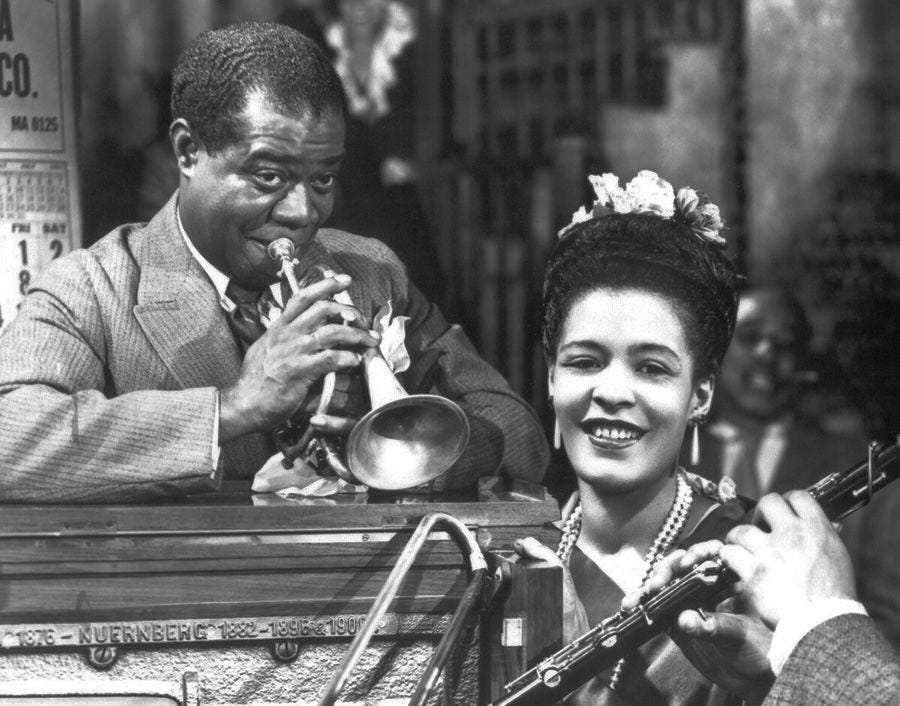
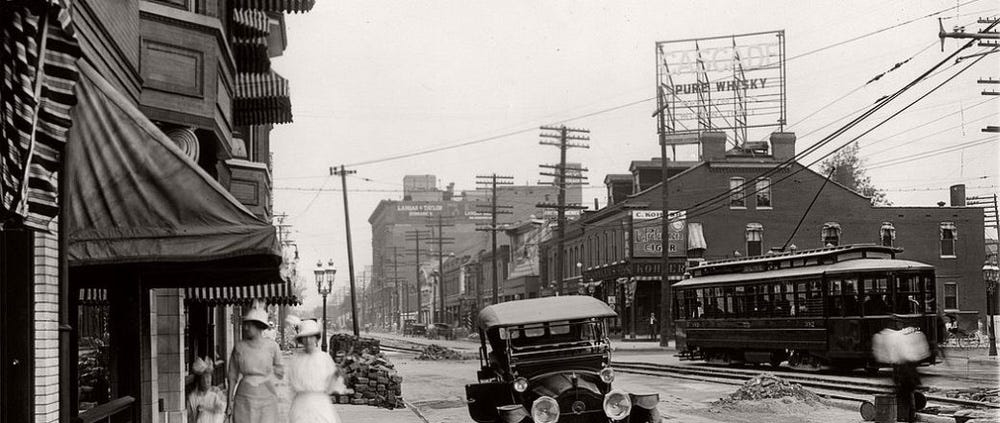


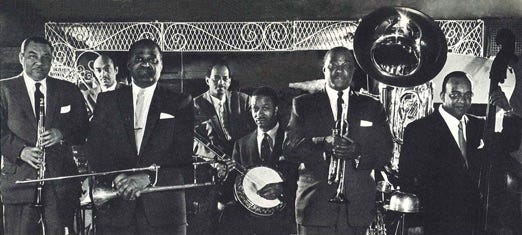
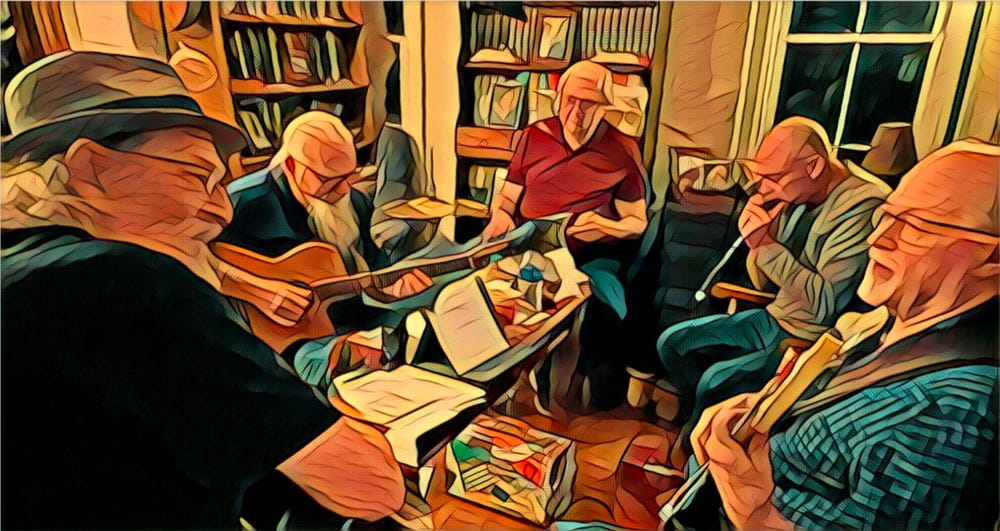








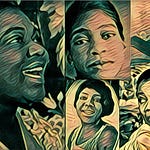
Share this post